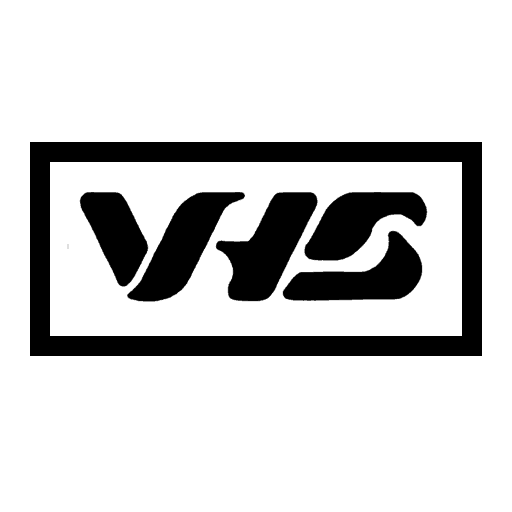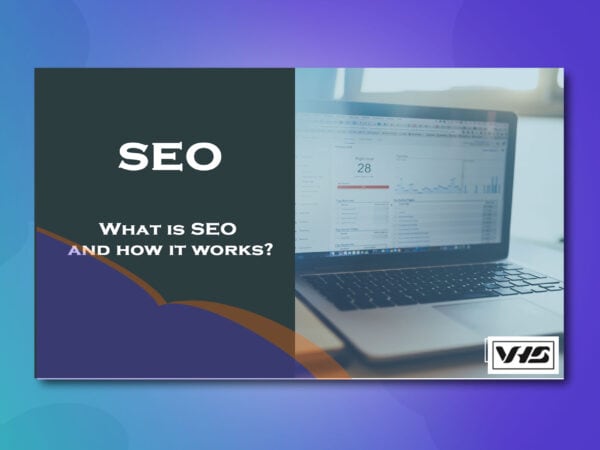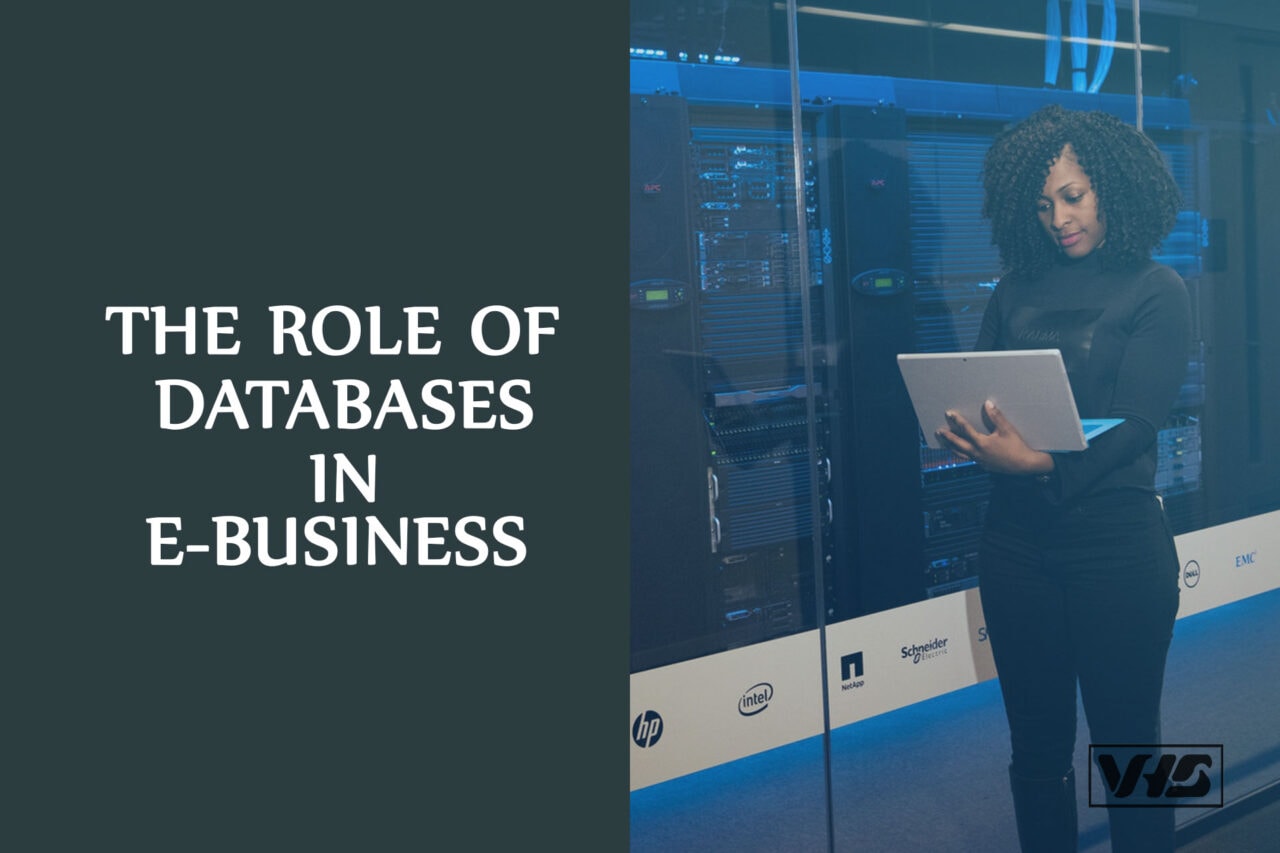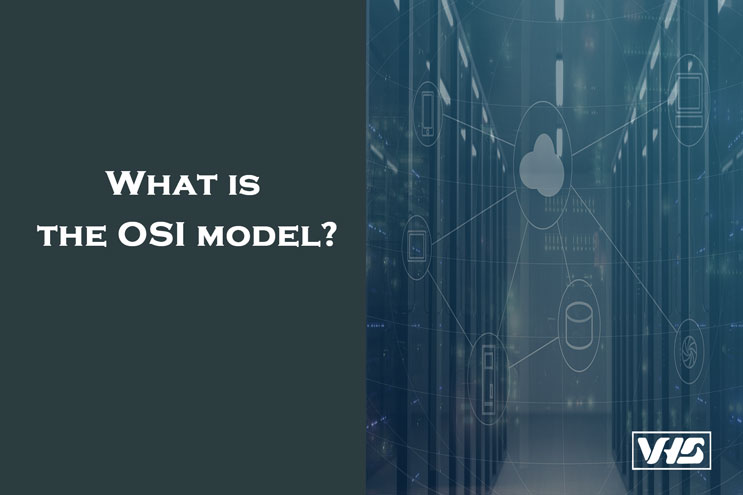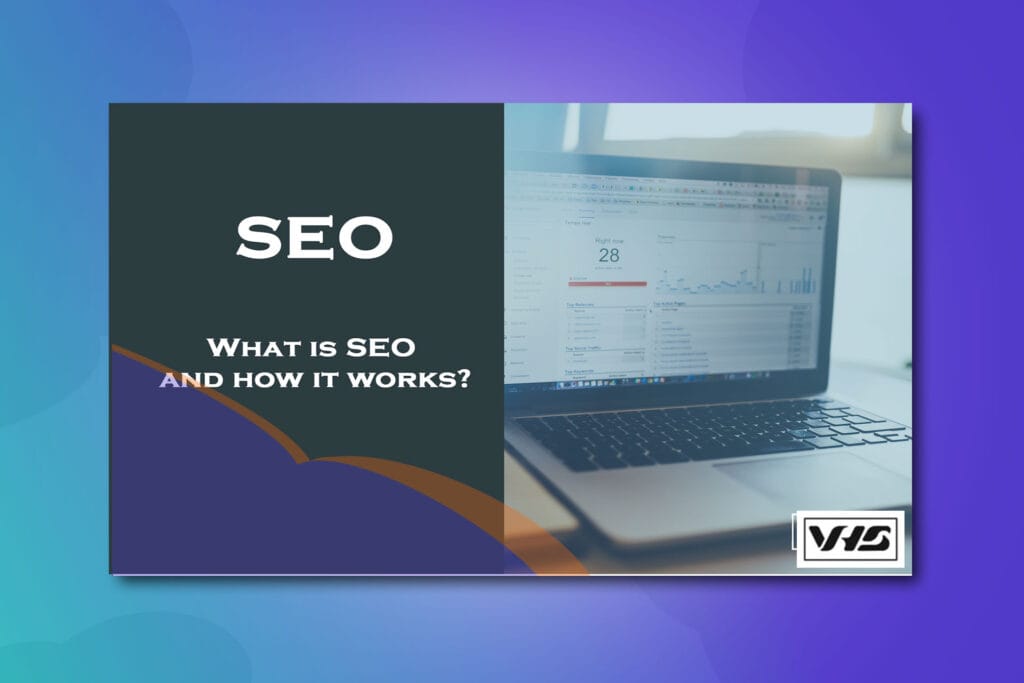
Search engine optimization or SEO is a marketing strategy that consists of optimizing your web pages to help them obtain a higher rank position on the search engine results. The key element for a successful website is getting as many people as possible into visiting your website.
Designing a new website is very similar to opening a new brick and mortar store. A new business owner’s primary goal is to market their business to bring potential customers to the business. If you are building your new website you want to get more traffic consequently having a good SEO strategy is the way to go.
Two of the most important tasks about Search Engine Optimization includes creating high-quality content and sharing your new content with potential visitors. This article is intended to provide you with a detailed rundown of Search Engine Optimization or SEO. This is just an intro to the immense and everchanging strategy of the SEO world.
Why is SEO Important?
When we search for something on the internet, we will more likely click on the first result that Google provides to us. Consequently, the traffic created by search engines or Google has become the main entrance to the internet. This traffic can be extremely powerful for businesses trying to reach potential customers through their website.
First of all, let’s begin by answering one important question. What is organic traffic? Organic traffic refers to the people visiting your website as a result of unpaid search engine results. This type of traffic appear more credible to educated visitors and receive more clicks than paid advertisements.
This is why search engine optimization or SEO helps your content to be properly indexed by search engines. Consequently displayed your content in front of potential visitors within the top search results. On-page SEO and Off-page SEO are the two main factors that determine your positioning in the search engine results.
What is SEO?
Search engine optimization or SEO is a marketing strategy that consists of optimizing your web pages to help them obtain a higher rank position on the search search engines results
What is On-page SEO?
Let’s start by explaining one of the most important SEO ranking factors called on-page SEO. On-page SEO refers mainly to the content and structure of your site. All these include your content, images, internal links, sitemaps, the overall quality of your code, and the speed of your site. These are all crucial factors for on-page SEO.
Mastering on-page SEO is a time-consuming process that requires a broad knowledge and an emphasis on detail. Here is a basic intro to the most important on-page SEO categories for successful results.
The most important categories of on-page SEO that you’ll need to focus on while designing a website are the web structure of your site and relevant page content.

On-page SEO: Website Structure
Website Speed
The most important pages on a website need to load fast. Certainly, because users don’t like to wait for a slow website to load. Search engines usually prioritize faster pages since it seems to give its visitors better user experience. There are many website speed test tools that can help you find the bottleneck of your site. Here are three of the most popular:
Page Titles and Site Structure
Another factor search engines use to determine the ranking of your website is the page titles and site headings. For a search engine to rank your website, it needs to know the content of your site. It’s essential for search engines that the title tags, headings, and site structure are consistent, relevant, and that it contains intended keywords in it.
Mobile-friendliness
Nowadays, the majority of the website visitors are coming from a smartphone device. Consequently, the content on a website needs to responsive. This is a design idea that focuses on creating a website application that looks good on any device no matter the dimensions of the screen. Google’s index is now mobile-first, therefore, making mobile design a major factor on the influence on search rankings.
Internal linking
Internal linking is the idea to use hyperlinks to connect all the pages on your site. This strategy provides visitors easy access to other pages on your website. Consequently, increasing your website page SEO authority. Google and other search engines rely on internal linking to identify which page on your site is most important.
Outbound links
Search engines use outbound linking to check that the content on a website is accurate and credible by creating a bridge between experts on the topic. Outbound links to authoritative and relevant sources provide a positive signal to search engines and visitors.
Schema Markup
Schema markup is a semantic vocabulary standard that is included in a website that improves the way search engines read the content of your site. This was first introduced by Schema.org, a collaborative community with a mission to create a structured data system on the Internet. You can check your website Schema structure at Google Structured Data Testing Tools.
On-page SEO: Relevant Page Content
Website Authority
Search engines tend to determine the overall ranking of your site using two types of authority components:
- Page authority – Is the type of authority in which provides an important ranking of the content of a single page. One example of page authority is a blog post on your website.
- Domain authority – Is the type of authority is given to an entire website due to the expertise in a specific topic or popularity. One example of domain authority is Apple.com. This domain is authoritative due to the popularity of the brand.
Rich and Awesome Content
As we all know, new technology makes it more difficult for students to concentrate on a single topic. To captivate the reader’s attention, web designers have appeal to the reader’s visual stimulation by incorporating multimedia elements (quality Photos) and richer content. This is why, search engines are expecting quality images, sound, and videos that create a better user experience for the visitor.
Fresh and Relevant Content
Website visitors always expect to find relevant and accurate content when they click on a website. This is why regular updates on your content let search engines know that you are providing up-to-date information.
Keyword Intent
First of all, let me define what is an SEO keyword. These are keywords or phrases in your website that make it possible for potential visitors to find your website via search engines. The keyword intent is the user’s purposes or real goals behind their searches. Not all users typing car in a search engine is looking to buy a car. The user intent will narrow the search to a specific topic consequently helping the user to find what they want.
What is Off-page SEO?
In addition to On-Page SEO, there are other important SEO factors that search engines take into consideration. This is called Off-Page SEO, the element of SEO that indirectly influences your website. The external factors that are considered as part of your SEO include hyperlinks from other websites called backlinks. In addition to the previously mentioned. Off-Page
SEO includes social media activity and brand awareness.
Unfortunately, these Off-Page SEO factors can be rather difficult to influence by the website owner. One of the most important elements of Off-Page factors is the amount and quality of links pointing towards your website. The idea is that the greater quality of the websites linking back to your website, the higher your ranking in a search engine.
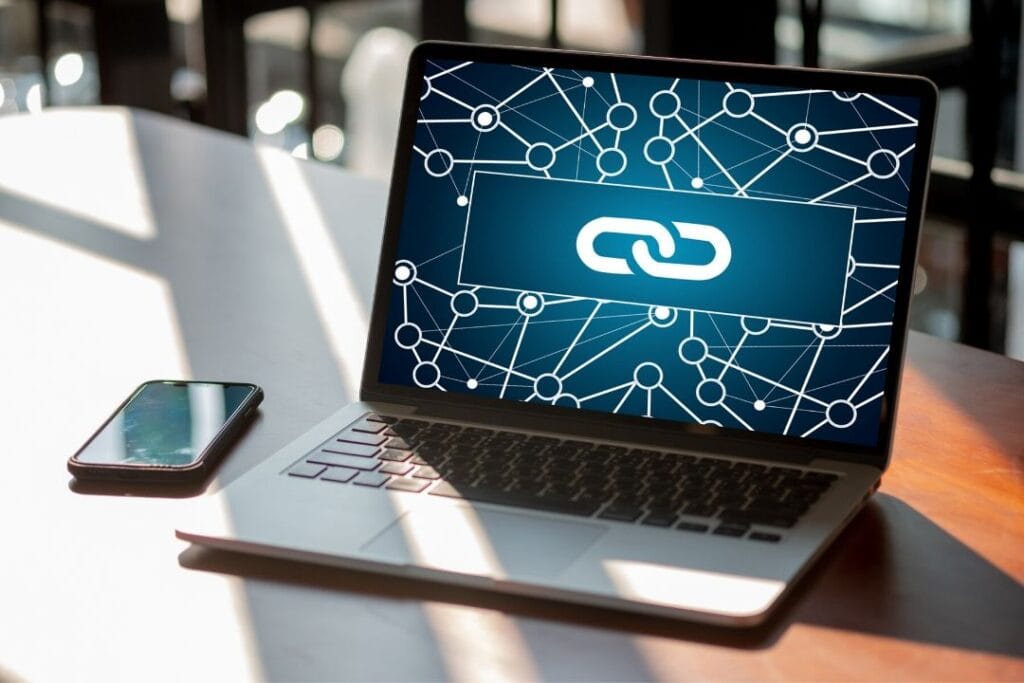
Off-page SEO: Authority Source
Backlinks in SEO
Backlinks or inbound links are links from one website pointing or linking back into your website content. By definition, linking into your website is the same as letting Google know that you are a reputable source of information. In other words, a backlink is similar to citing your sources in a school essay.
The most important Search engines consider backlinks as a major element or point system to rank a website. Consequently, a website with a greater amount of backlinks tends to rank higher for organic traffic.
Brand Awareness
The main principle of SEO is about being found. Usually, when customers heard about your brand they tend to look for recommendations. Social media has become the place to go for instant feedback. As a professional company or brand, potential users expect you to be there.
One of the great examples is the twit carousel in Google searches. Content from your brand tweets carousels tends to pop up in the search results covering almost half of the screen creating a free marketing funnel into your website.
If you invest in sharing great content with your followers, users will connect that positive experience to your brand or business name. Consequently, an increase in brand awareness could indirectly increase your search engine ranking.
Local SEO
Local SEO refers to the process of optimizing your website to show up in local business searches. Google my business is a Google tools design to help you attract those local customers.
Whether via Google Maps or by a search engine. Nowadays, most of the people search for a local business before choosing the company to give them their business. This is why local SEO has become a very important key to the success of a business.
How SEO Works?
This section covers basic tools and techniques you can do to improve your chances of being appearing in search engine results. There are two elements that a website needs to appear in a search engine result. These are called crawlability and indexability.
What are Crawlability and Indexability of a Website?
What is Crawlability?
Crawlability is defined as the search engine’s ability to access and crawl content on a page. This works by providing search engines with easy access to all content on a website. If a search engine can’t reach your website content, it cannot display it in its results.
What is Indexability?
Indexability is the search engine process of evaluating your website content and keywords to including them into their catalog or search engine results. Consequently, the greater the number of pages indexed, the more likely that your website will show up in a search engine result.
You can check how many pages are indexed by typing site:nameofthewebsite.com.
Basic SEO Tips & Tricks
Meta titles and meta descriptions
These important SEO elements of a web page determine what search engines show its users on the search results page. The idea is that you include the main keywords in your SEO title and description so search engines can display them to your customers.
One of the most important tips that help websites get more clicks is by offering accurate SEO titles and descriptions that clearly define the content of the page. This metadata is similar to an elevator pitch you only have a few sentences to convince a potential client.

Headings
First of all, let’s answer the question of what are the headings? Headings are used to organizing the information on your page. The point of these headings is that the topics and subtopics are highlighted in a specific, standard order. Like the meta title and description, headings need to be clear and unambiguous and include the SEO keywords.
Writing Style
The writing style that works best for SEO is to keep your writing as simple, clear, and on point as possible. Start by keeping sentences and paragraphs short. Organize your content so the reader can easily identify and understand the topic.
This is usually known as content marketing. Content marketing is the idea to build an audience and motivated to love your brand by creating valuable and relevant content.
Relevancy
Having content that truly addresses the problems your audience is facing is vital. If you want Google to recommend your content to its users, that content needs to bring value to them. That means being highly relevant information and providing a helpful solution to the user’s problem or question. On a wider scale, consistently creating relevant, helpful content that solves users’ problems demonstrates to Google that you understand your audience and that you are striving to bring beneficial content to them — and that breeds credibility.
So focus on bringing real value to your audience with every piece of content you create. To bring real value, you need to focus on user intent.
SEO Tools
Nowadays, websites are one of the most important elements of a successful marketing campaign. This is why many free search engine optimization tools offer SEO tools to help you improve your website. Here are some of the most popular free SEO tools.
Common Online Questions
One of the best ways to get into a potential customer’s search results is to know what are they looking for. There are many ways to find the exact phrase that the customer is using to find a product. By answering these exact questions you are telling search engines and users that you are an expert on the topic.
Google Trends, Answer the Public, and keyword.io are three of the best free keyword researching tools for brainstorming popular questions that your audience might be asking online.
Trending keywords
Google Trends is a great SEO tool to help you search for popular keywords by location. This is especially helpful when you’re deciding which keywords to use by regions.
Additionally, to Google Trends there is a website called Ubersuggest. This is a Keyword Suggestions tool that provides helpful keyword ideas that are working for your competitor.
The Bottom Line
In today’s global market, SEO has become an essential part of any marketing strategy. Search engine optimization is a marketing strategy design to works in the long run. This is not the easiest marketing campaign but is the one that will help you grow your brand. This is why investing in an SEO strategy is the best marketing investment that every eCommerce business must invest in.
